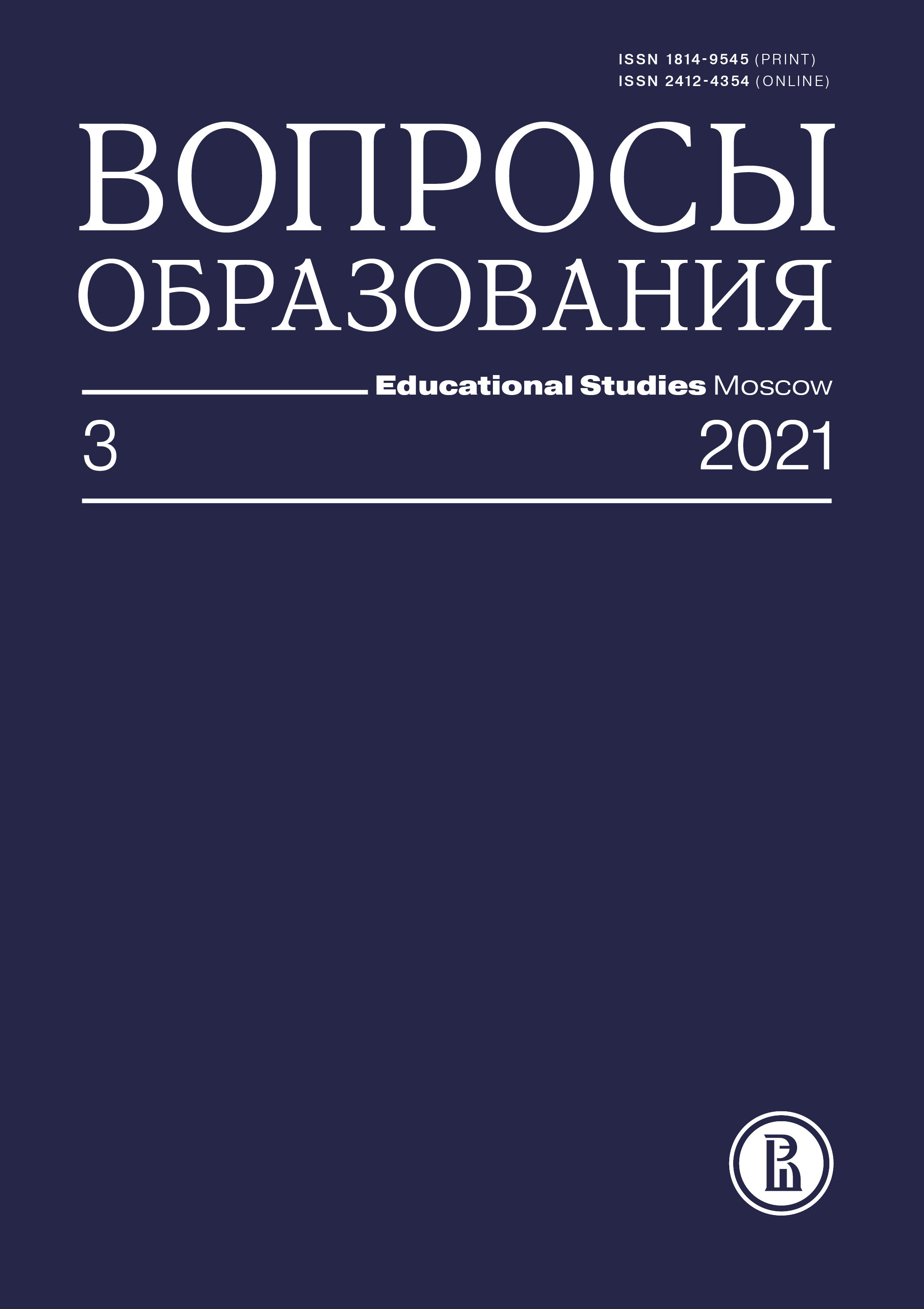Буллинг в российских школах: опыт диагностики распространенности, половозрастных особенностей и связи со школьным климатом
Аннотация
В статье описан процесс создания инструментов диагностики школьного буллинга и оценки климата образовательной организации, а также результаты их апробации на выборке из 871 учащегося средней и старшей школы одного из мегаполисов РФ. Показано, что распространенность буллинга зависит от типа агрессивного поведения и частоты вовлекаемости и варьирует от 4% (вовлеченность в роли жертвы или агрессора в физическую травлю) до 45% (вовлеченность в словесную травлю в качестве свидетеля). Чаще всего ученики являются свидетелями травли: от 29% (эпизодические свидетели кибертравли) до 39% (свидетели социального буллинга), но число жертв и агрессоров немногим меньше: в среднем 28% школьников 1–2 раза в месяц становятся инициаторами травли, 33% — жертвами. Девочки в большей степени склонны к периодической травле, мальчики — к частой. Наибольшую часть группы риска составляют ученики средней школы (7‑е и 8‑е классы). Рассматриваются четыре измерения школьного климата, каждое из которых значимо отрицательно связано с вовлеченностью в травлю (вне зависимости от типа буллинга и роли, в которой выступает респондент).








